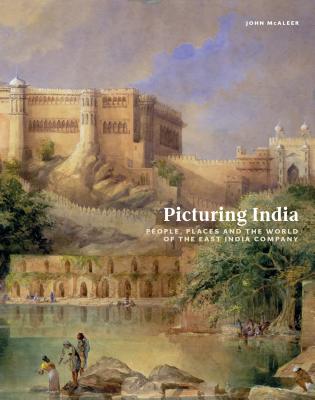Expedite your nonfiction book discovery process with Readara interviews, summaries and recommendations, Broaden your knowledge and gain insights from leading experts and scholars
In-depth, hour-long interviews with notable nonfiction authors, Gain new perspectives and ideas from the writer’s expertise and research, Valuable resource for readers and researchers
Optimize your book discovery process, Four-to eight-page summaries prepared by subject matter experts, Quickly review the book’s central messages and range of content
Books are handpicked covering a wide range of important categories and topics, Selected authors are subject experts, field professionals, or distinguished academics
Our editorial team includes books offering insights, unique views and researched-narratives in categories, Trade shows and book fairs, Book signings and in person author talks,Webinars and online events
Connect with editors and designers,Discover PR & marketing services providers, Source printers and related service providers

Picturing India: People, Places, and the World of the East India Company
History > Asia - India & South Asia
- University of Washington Press
- Hardcover
- 9780295742939
- 11.3 X 9 X 0.9 inches
- 3.1 pounds
- History > Asia - India & South Asia
- (Single Author) Asian American
- English
Readara.com
Book Description
The British engagement with India was an intensely visual one. Images of the subcontinent, produced by artists and travelers in the eighteenth- and nineteenth-century heyday of the East India Company, reflect the increasingly important role played by the Company in Indian life. And they mirror significant shifts in British policy and attitudes toward India. The Company's story is one of wealth, power, and the pursuit of profit. It changed what people in Europe ate, what they drank, and how they dressed. Ultimately, it laid the foundations of the British Raj.
Few historians have considered the visual sources that survive and what they tell us about the link between images and empire, pictures and power. This book draws on the unrivalled riches of the British Library--both visual and textual--to tell that history. It weaves together the story of individual images, their creators, and the people and events they depict. And, in doing so, it presents a detailed picture of the Company and its complex relationship with India, its people and cultures.
Author Bio
Dr John McAleer is an Associate Professor in History at the University of Southampton.
I am a historian of the British Empire. My work focuses on the British encounter and engagement with the wider world in the eighteenth and nineteenth centuries, situating the history of empire in its global and maritime contexts. I am interested in the relationships, interactions and patterns of exchange created by the British Empire, and in assessing the impact of these experiences on both British and colonial societies.
Before joining the Department, I was Curator of Imperial and Maritime History at the National Maritime Museum, Greenwich. During my time at the museum, I worked on the development and delivery of two gallery projects, focusing on Atlantic and Indian Ocean history respectively. I continue to be interested in the role of material culture and museums in representing the history of empire.
Research Interests
My research is directed towards understanding, assessing and evaluating Britain’s place in the wider world: the manifestation and impact of empire on British society and culture; its effect on ‘peripheral’ communities (and vice versa); its fundamentally entangled nature (geographically, politically, ethnically); and the nature of the relationship between science, material culture, exploration and empire.
My latest monograph, Britain’s Maritime Empire: Southern Africa, the South Atlantic and the Indian Ocean, 1763–1820, explores the ways in which British networks and institutions, such as the East India Company, facilitated linkages and connections in the wider Indian Ocean world. This work aims to problematize and re-evaluate notions of ‘core’ and ‘periphery’ by considering the British presence in the southern Atlantic and Indian Oceans, especially the Cape of Good Hope, St Helena and Mauritius.
Building on this work, I am also interested in the contribution of islands to the development of the British Empire. This is a theme that I am actively exploring through an AHRC-funded network, ‘An Empire of Islands: Concepts, Connections and Collections’.
I also have a long-standing interest in the history of museums, collecting and their complex relationships with empire, both historically and today. An edited collection entitled Curating Empire brought together a series of case studies that used the medium of museums and collections to investigate how global connections, networks and experiences affected people in a range of societies. More recently, Exhibiting the Empire, co-edited with John MacKenzie, explored various cultures of display and their impacts on the representation of the British Empire.
I am a fellow of the Royal Historical Society and I sit on the council of the Hakluyt Society.
Source: University of Southampton
Videos






Community reviews
No Community reviews

